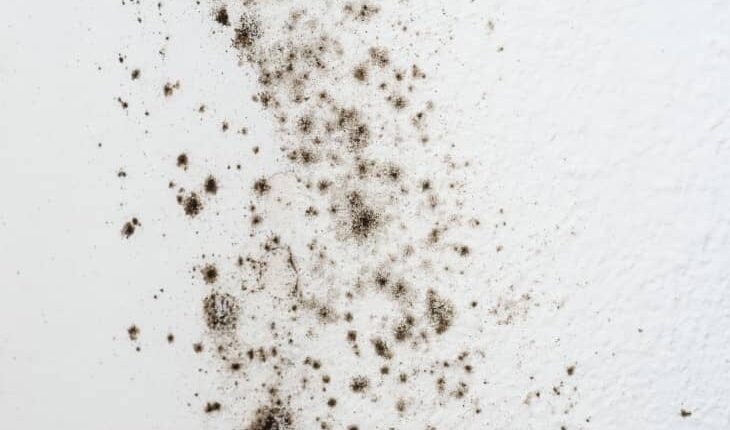Treating mold with heat is effective because, yes, high temperatures does kill mold. It’s often considered even better than chemical processes to remove it– nobody likes their house and its stuff stinking of strong chemicals.
If you have such a problem but want an entirely chemical or solution free way to kill it, heat may be the best option for you. Yes, high heat CAN absolutely kill mold! Heat can kill mold on your food, car, walls, furniture, and even wood. If your problem is not taking over a giant area, it can be worth the effort to use heat to kill the mold.

Ways That You Can Use Heat To Kill Mold
Determining Mold-killing Temperatures
The opinion about mold-killing temperatures clashes because of unresolved scientific reasons. National Association of Realtors declared that temperature above 100 degrees Fahrenheit (38 degrees Celsius) would kill most mold. However, a 1987 report by Stanford University researcher revealed that mold dies in below-freezing temperature.
While there are no exact conclusions about what temperature kills mold, the public generally accepts that extreme heat and cold can prevent mold from growing. You can use both temperature extremes to reduce the risk of mold growth.

Heat Gun To Kill Mold
A heat gun is a great tool to help in the same way a hairdryer would, but it gets much, much hotter.
Be careful when using a heat gun, as some of them can reach temps up to 593℃ (or 1,100℉).
A heat gun would be convenient for baseboards, furniture, and other hard to reach areas with a smaller mold problem.
Killing Mold with Heater
A heater may be able to reduce the presence of mold in a house. The high temperature not only warms the house but also reduces humidity, which is an important factor for mold to grow. A central heater emits enough warmth to reduce the average humidity in the entire house.
Central heater does not work well on specific spots with abundant mold colony. You can use a portable heater or even a hair dryer to do the job. The mold will shrivel and lose most of its ability to thrive.


